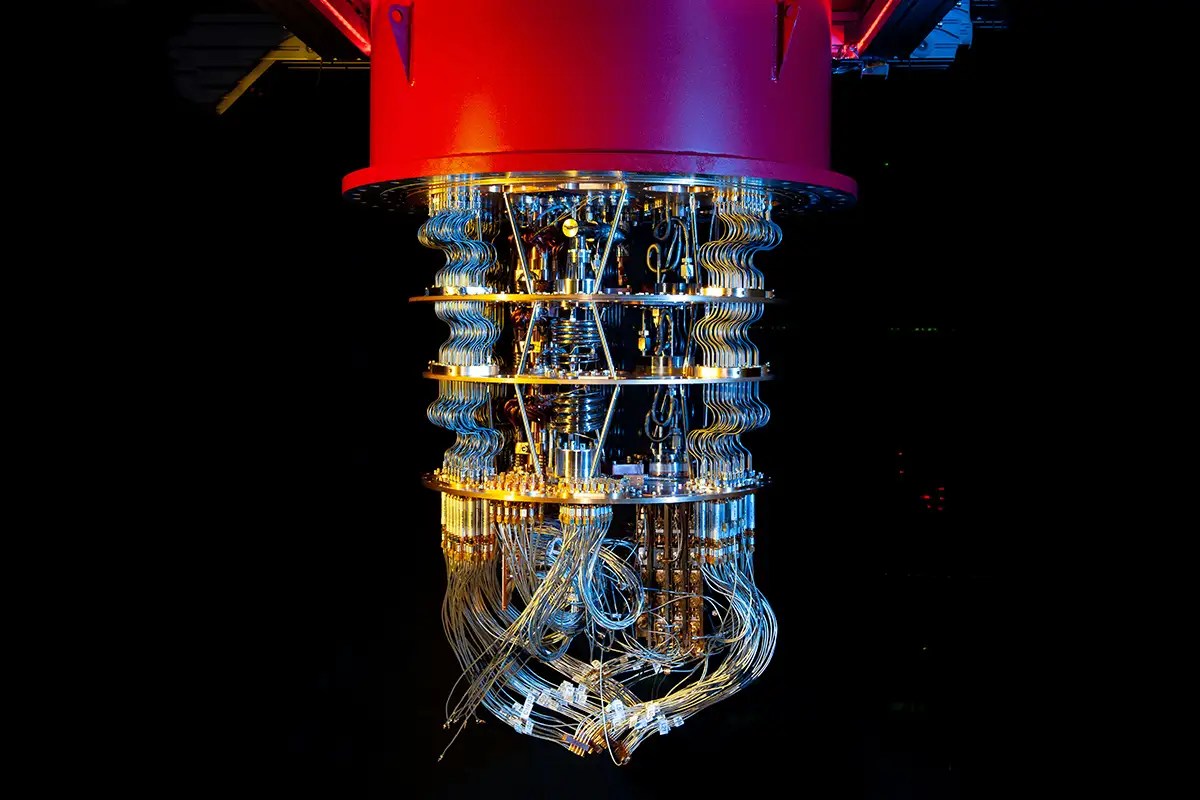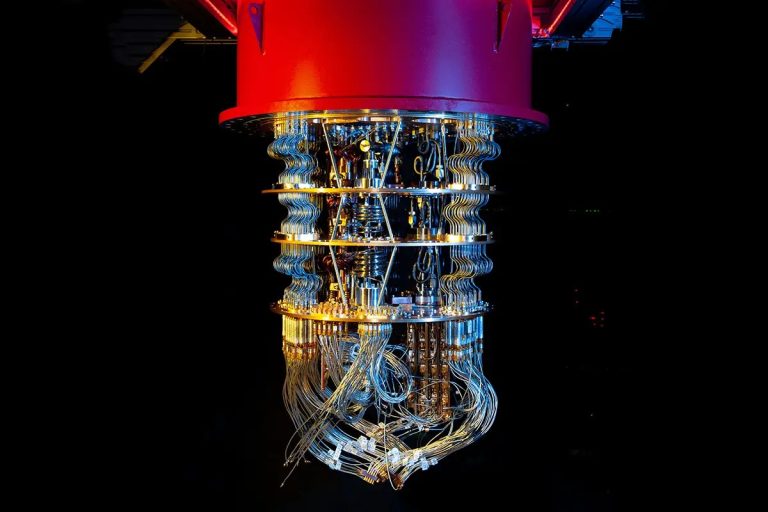
Superconducting inks that can be printed on surfaces in single-molecule layers could be useful for building quantum computer circuits. Tungsten disulfide inks are more stable than other superconducting inks and easier to manufacture, which bodes well for future applications.
When a material is superconducting, electricity can flow through it without resistance, making it a very efficient way to transfer energy. Superconducting materials also have unique magnetic properties, but they are usually difficult to fabricate and break down when exposed to air or at temperatures well below absolute zero.
Princeton University's Xiaoyu Song and Leslie Shoop and their colleagues produced tungsten disulfide ink using a process called chemical exfoliation. They started with a material made of alternating layers of tungsten and potassium disulfide. “Imagine you have a pancake cake. you have all these pancakes stacked on top of each other with custard in between. Tungsten disulfide is the pancake and potassium is the filler,” Song said. When the multilayer components are placed in dilute sulfuric acid, it is similar to immersing a cookie in water; the potassium dissolves, leaving only a thin layer of tungsten disulfide.
When the acid and traces of potassium washed away, the researchers were left with a thin layer of tungsten suspended in the water. This solution can be printed on a glass, plastic, or silicon substrate by creating a one-molecule-thick layer of tungsten disulfide.
Printed images are stable for at least 30 days under ambient conditions without enclosure or protective coating. When cooled below 7.3 Kelvin (-266 °C), the ink becomes superconducting even without a cap. "You can take it with you or let it sit at room temperature and then just refrigerate it," says Shoup. “But that requires liquid helium. unfortunately, this is not possible in a home refrigerator."
This process is much simpler than that used for other superconducting inks, which require a protective coating to prevent degradation over time. This could facilitate industrial production of these inks, although their temperature requirements hinder some potential applications. "It could still be useful for things that are already cooling, like a quantum computer or an MRI machine, where you've already cooled your system significantly," Shoup said. In the future, the researchers hope that this method can be used to produce superconducting inks at higher temperatures.
Subject:

